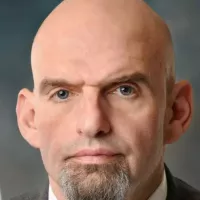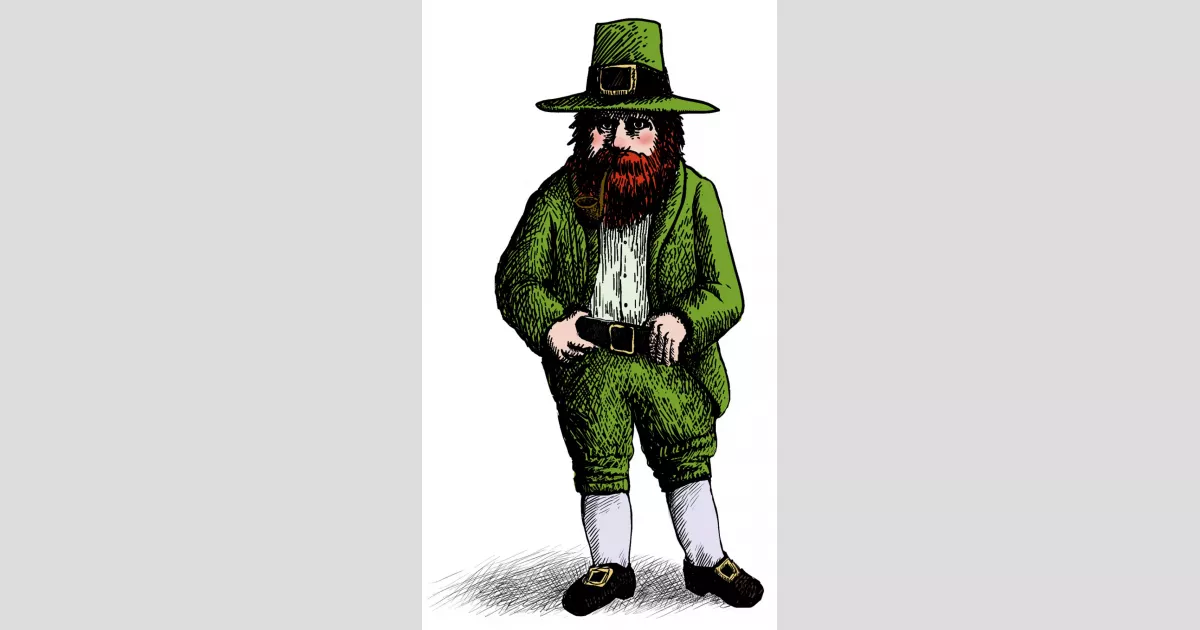1952: Earliest Known Leprechaun Reference
In 1952, scholar Binchy dated the earliest known reference to a leprechaun to the 8th century. Found in the medieval tale "Echtra Fergus mac Léti" ("Adventure of Fergus son of Léti"), the story details how Fergus, King of Ulster, is captured by three lúchorpáin (leprechauns) while sleeping on a beach. Upon his capture, they grant him three wishes in exchange for release.
1959: Leprechauns on Film
The Disney film "Darby O'Gill and the Little People", released in 1959, brought leprechauns to the big screen, drawing inspiration from Herminie Templeton Kavanagh's Darby O'Gill books and echoing elements of the Fergus mac Léti saga.
1963: Leprechauns in Irish Politics
During 1963, in the Republic of Ireland, leprechauns became a symbol of the overly quaint or "twee" aspects of the Irish tourism industry. This was particularly evident when John A. Costello addressed the Oireachtas, highlighting this perception.
2004: Apple's Tax Practices Scrutinized
From 2004 to 2014, the EU Commission investigated and subsequently fined Apple €13 billion for unpaid taxes in Ireland, marking a significant moment in corporate tax history and highlighting the issues with Apple's "double Irish" tax scheme.
2014: EU Concludes Apple Tax Investigation
The EU Commission concluded its investigation into Apple's tax practices in Ireland in 2014, leading to a record-breaking fine for unpaid taxes.
2015: Irish GDP Growth Anomaly
In 2015, Ireland experienced an unusual surge in GDP and GNP, which was later attributed to Apple's restructuring of its tax practices.
July 2016: "Leprechaun Economics" Coined
Economist Paul Krugman coined the term "leprechaun economics" in July 2016 on Twitter. He used it to critique the distorted economic data released by the Irish Central Statistics Office (CSO), which reported exceptionally high GDP and GNP growth in 2015. Krugman attributed this to Apple's restructuring of its "double Irish" tax strategy.
2019: Etymology of Leprechaun
In 2019, research suggested that the word "leprechaun" might originate from the Luperci and the Roman festival of Lupercalia, challenging the previously held belief that it came from "lú" or "laghu" (meaning small) and "corp" (meaning body).
Mentioned in this timeline

An apple is a widely cultivated edible fruit originating in...
Trending
2 months ago Quentin Johnston's Week 5 Status: Injury Update, Fantasy Advice, and Player Props
19 days ago Frontier Airlines Introduces Changes, New Routes, and Affordable Travel Options for Passengers.
14 days ago Seattle Thanksgiving Weather: Records, Calming, and Possible Cold Patterns Looming Ahead

9 days ago Rome Odunze ruled out against Packers due to heel injury Sunday.

6 months ago Fetterman faces criticism for complaining about vote-a-rama disrupting vacation plans.

7 months ago Josh Jacobs infuriated by Raiders' Chiefs logo dance; former player recalls backfire.
Popular

Candace Owens is an American conservative political commentator and author...

Ilhan Omar is an American politician currently serving as the...

XXXTentacion born Jahseh Dwayne Ricardo Onfroy was a controversial yet...

Tom Cotton is an American politician and Army veteran currently...

Kelsey Grammer is an accomplished American actor producer and singer...
The Kennedy Center Honors are annual awards recognizing individuals and...
